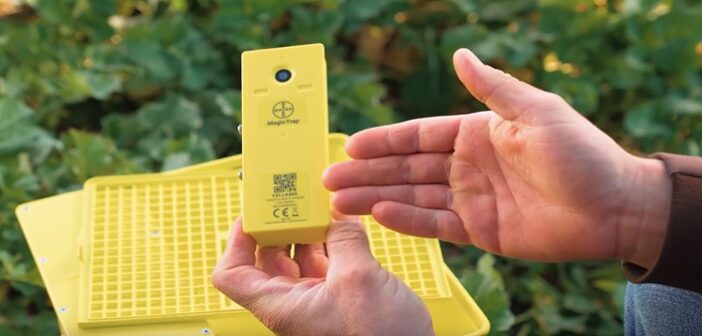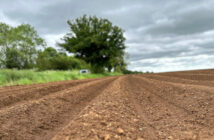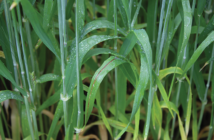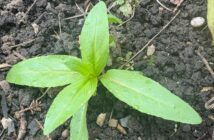An innovative new digital decision support tool enabling growers to remotely monitor the migration and distribution of key oilseed rape pests will be launched by Bayer at this year’s Cereals Event.
MagicTrap is a fully automated, next generation digital yellow water trap, providing continuously updated information on pest pressure. It autonomously detects, categorises and quantifies a range of insects and is able to distinguish between pests and beneficials, ensuring growers never miss a pest migration event.
Available initially for use in oilseed rape, MagicTrap is currently proven to accurately detect cabbage stem flea beetle, weevil and pollen beetle. Traps have been in commercial use in Germany for the past two seasons, collecting over 800,000 images to date.
Trap components include a solar-powered, high-resolution smart camera which photographs the trap contents at regular intervals. Artificial intelligence (AI) image recognition provides automatic species identification, automatically sending insect counts to the MagicScout smartphone app and alerting users if pre-determined pest thresholds are exceeded. Trap data can also be shared with multiple users or exported via the app.
MagicTrap is solar powered with a seven-day battery back-up and a water reservoir topping-up trap levels for up to three weeks. A specially designed grid prevents bees and other beneficials entering the trap.
“Feedback from growers and agronomists involved in our UK development trials last autumn highlights MagicTrap’s value in providing field-specific data to support decision-making,” says Bayer digital manager Max Dafforn.
“With standard yellow water traps proving impractical for many because of the time involved in checking and identifying their contents, MagicTrap clearly provides a valuable extra layer of information on pest migration and pressure.
“The ability to keep a regular check on traps without having to visit the field was seen as particularly useful in our trialling,” reports Mr Dafforn, “with 83% of users saying they checked trap data daily.
“More than half the users also found MagicTrap useful in supporting their decision-making; including decisions around timing of drilling and insecticide applications, recognising use of insecticides is a last resort in an effective IPM approach.”
AICC Independent agronomist and CCC Agronomy technical director, Peter Cowlrick trialled a MagicTrap with one of his clients in Hampshire last autumn and was pleased with the results.
“You can’t be on every farm every day,” he says. “Trying to assess the migration patterns of something like cabbage stem flea beetle is pretty challenging. None of us want to use insecticides unless we actually have to, but we’ve simply got to manage cabbage stem flea beetle larval numbers.
“What I particularly like about MagicTrap is that it is automated. It provided us with images twice a day and CSFB identification from those images were very accurate, as were the count numbers.”
Combined with physical inspection for foliar damage, the remote monitoring supported a decision to apply an insecticide at the 4-leaf stage of the crop.
Subsequent CSFB larvae numbers in the treated crop were found to be low, at 2-3/plant and have not impacted crop growth, whereas larval infestation numbers were noticeably higher in other fields on the farm that were not sprayed.
“Without MagicTrap the decision to spray would have been based more on gut feel,” he says.
MagicTrap will be available to purchase from the Bayer website https://cropscience.bayer.co.uk/magictrap from this summer with the MagicScout app available to download now on the App Store and Google Play.




